Every brand wants to collect reviews from customers—well, at least they should—but the reality is that many don’t know what to do with the reviews after they acquire them.
A form of word-of-mouth marketing, online reviews are one of the most powerful tools brands have at their disposal. If they leverage them correctly that is.
The thing is, not all brands are sleeping on the importance of online reviews. Direct-to-consumer (DTC) brands like Casper, Glossier, and Dollar Shave Club are taking full advantage of the power of online reviews. And it’s paying off.
So how should brands make the most of online reviews? Better yet, what can retail-type eCommerce stores learn from DTC companies when it comes to online reviews?
In today’s eCommerce world it’s not good enough just to create a website as a catalogue. You need to take the offline experience of guiding your customer.
In today’s eCommerce world it’s not good enough just to create a website as a catalogue.
One of our oldest clients, Bedre Nætter, has done an amazing job with live chat to guide their customers to choose the right bed / mattress since the very beginning.
In this article, we discuss ways ecommerce stores can strategically use reviews to increase sales, improve brand loyalty, and build consumer trust.
But before we get started, let’s take a closer look at how online reviews directly impact the buyer journey.
How Online Reviews Impact the Buyer Experience
Customers consult product reviews throughout their entire journey, but the most pivotal time is during their research phase, or when they start shopping. But for the brands that don’t make the most of online reviews, it’s a missed opportunity.
As a result, these ecommerce stores end up becoming nothing more than online catalogs that only compete on price rather than being an interactive brand people trust and refer to.
ecommerce stores end up becoming nothing more than online catalogs that only compete on price
The companies that are standing out are the ones using reviews to their advantage. Despite being a repeated example (and I have a pet peeve about their general review engine), then Amazon has quickly become the go-to product search engine. Mostly thanks to the variety of products available, a great search experience, and the ability for customers to read reviews. These three things combined have made for a better, easier shopping experience.
Now, how exactly are customers using reviews as they comb through them?
A study from Fan & Fuel found that when reading through reviews, 37% of customers are looking for information on past customers’ experience. Those details help them determine if the product they’re looking at is right for them. The study also found that 31% of customers scan reviews for problems.
In other words, customers are using reviews to learn more about a product, the brand, and past customers’ experience with both.
customers are using reviews to learn more about a product, the brand, and past customers’ experience with both.
Compared to simply seeing pictures of a product, then knowing how your peers ended up feeling after having the product in their hands is the closest we will get to getting to experience the product ourselves before buying it.
The bottom line: You are leaving money on the table if you aren’t taking full advantage of online reviews.
Let’s take a look at a few ways you can do just that.
1. Collect Product Reviews and Show Them
The writing is on the wall: Customers won’t buy from a brand they don’t trust. A study by Label Insight found that 94% of customers are likely to be loyal to a company that is completely transparent with them. The same study also found that about 73% of customers say they would pay more for a product from a transparent company.
The moral of the story: If you give any indication that you’re trying to hide something, you better believe customers will find out about it.
It makes sense that brands only want customers to see the good, but showing customers the full hand is more beneficial. By giving customers an honest look at your brand, you establish trust, which is an invaluable aspect of the brand/customer relationship.
You’re in the Market for a Grill, Now What?
I’m a huge BBQ fan. I can look at YouTube videos for hours about grilling. Combined with a draft beer it’s my favorite past time.
Let’s say you’re in the market for a grill, but you are not sure what you should buy.
You end up liking the way a Weber Genesis II looks, but you are still not sure.
You land on these two product pages:
This one is from Conn Appliances:
This one is from The BBQ Guys:
https://www.bbqguys.com/weber-grills/genesis-ii-435-propane-gas-grill-stainless-steel-62006001-2019
Which of the two places would you spend more time, and trust more?
The BBQ Guys also have a great expert review section, which will make me spend even more time with them:
Tools to Collect and Display Reviews
Another great way to display your reviews on your site is with a review management software like Yotpo, FeeFo, and PowerReviews. Each tool is unique, but they all make it easy for brands to display their reviews in a way that’s simple for customers to use.
Review management software also empowers brands to do more with the reviews they collect and strengthen their customer relationships using a suite of features.
2. Highlight Positive Reviews
Did a customer write you a glowing review? Share, share, share!
It’s always a great idea to call attention to the reviews that put your brand in the best light. But we’re not just talking about generic positive reviews. Focus on the specific reviews that give context to the customer experience and paint a picture of what others can expect.
Think of the review as a way to help other customers choosing the right product.
You want to include a diverse mix, not just “I love this product!” Though those reviews are great, the more detailed reviews go further.
For example, DTC mattress company Casper does an excellent job of displaying customer reviews on the homepage of their website.
As customers scroll down to read more about the company, they can check out the reviews from current Casper mattress owners. The reviews are highlighted using design elements like font size, whitespace, and formatting.
These particular reviews were collected on social media and are placed right above the UGC section from other happy customers. Casper also includes the social handle and picture of the customer for added verification.
3. Use Reviews to Improve Your Products or Customer Experience
What better way to learn what customers are thinking than with online reviews?
Brands can use reviews to improve products or what products they should buy more or less of, but more importantly, discover issues that they may have missed—or otherwise missed—since the customer is experiencing them.
Reviews are a great way to get feedback on a new product or feature and can help guide future business decisions. It’s also a great way to find recurring issues so that you can differentiate individual user problems with overlapping customer issues.
Aside from fixing problems, it’s also a great way to make improvements from the people who engage with your product regularly and have a different view of it.
Customer feedback can be used to identify problems, but it can also be used to make significant improvements as well.
4. Positive Customer Feedback Is Excellent Marketing Campaign Content
What better way to highlight glowing customer reviews than by making them the focal point of your marketing efforts?
The copy practically writes itself, and is excellent for retargeting content on Facebook
There are several benefits to using reviews in this way:
- “Formalized” WOM marketing
- Increases credibility
- Seen as unbiased feedback since it’s coming from a customer and not the brand directly
There are many instances of this in the DTC realm. For example, Rothy’s, a sustainable shoe brand, used positive customer reviews to front an Instagram campaign.
Rothy’s let the images do the talking by including the review in the caption. This ad is eye-catching, and the review accompanies the image perfectly.
Similar to Rothy’s, Bench Accounting took to Instagram to tout customer praise. Except for this time, the reviews were front and center.
Bench Accounting took a page from the popular social media post format—the bold quote—and highlighted some excellent customer reviews.
Lastly, Casper used a similar approach but with organic social media content instead of ads. This customer review is not only simple, but it’s also on-par with Casper’s brand and voice. It’s a slam-dunk of a post.
These are all great ways to leverage reviews and encourage customers to see what all the praise is about. The importance of word-of-mouth is evident in these social media posts. Including positive feedback in your marketing is a great way to grab attention and make the most of this type of feedback.
I know that this type of review would definitely make me want to look into Casper further 🙂
5. Address All Reviews, Especially Negative Ones
Every brand wants a trove of shimmering reviews from customers, but the reality is that’s not always the case.
No matter how hard you work or what you do to create the ultimate customer experience, someone is going to be unhappy. That’s the reality of eCommerce.
But, all is not lost when you get a negative review.
In fact, it can actually be an excellent opportunity for your brand if you leverage it correctly.
Customers pay attention to negative reviews and use them just as much as positive reviews as they shop. They use them to learn about any downfalls of a product, understand why customers had a negative experience, and to determine if the product will work for them. Savvy customers are looking to get the full-picture before placing an order.
You can use negative reviews to:
- Establish trust: By allowing customers to share their experiences openly, you’re giving them a place to feel heard and seen, which is vital to establish trust.
- Increase transparency: Brands that aren’t afraid to showcase all feedback about their customers’ experiences are seen as more honest.
- Find areas to improve upon: Your customers have direct experience with your product and can help you identify ways to make it better.
However, it’s crucial not only to address reviews but to be strategic about how you do it. Navigating negative reviews can be tricky, so make sure you have a plan in place.
When approaching negative reviews and developing a strategy for managing them, it’s important to keep the following in mind:
- Empathize with the customer: Like establishing trust, customers want to know that you understand their frustrations.
- Present a solution: Always have answers at the ready. Presenting a solution to a disappointed or upset customer is a key step in repairing the situation.
- Be professional, even when they are not: It’s important to remember that you’re representing your brand whenever you speak on its behalf. Always be polite, accommodating, and professional when replying to negative reviews.
Let’s take a look at an example in the wild. Article is a mid-century modern furniture company, and like other eCommerce companies, shipping issues are a common complaint from customers.
Article received this feedback on Twitter from a customer that was experiencing a problem with their order, and they handled it well. They apologized for the inconvenience and expressed empathy.
Certain Products Getting Tons of Bad Reviews? Remove Them!
Another thing to consider is when you collect product reviews and a specific model, brand or product continues to receive bad reviews.
Posting those bad reviews on the product will undoubtedly make the product sell worse.
But you know what? That’s your job. Unless you’re a Direct to Consumer brand, then bad reviews for products should be cherished. You will most likely have tens if not hundreds of products in each category.
Bad reviews for one product will only make your best product stand out even further.
Here’s a hint: Leave the bad products online on your site, disable remarketing ads for them and stop keeping them in stock.
Now, they serve as a way for your visitors to find the right products, which should be your entire existence. Just being a catalogue is not good enough anymore.
6. Create a Case Study from a Customer Review
Did your product or service have a profound impact on a customer?
Developing that customer experience into a case study is a super-charged way to show the benefits and the effectiveness of your product or service.
Of course, the impact of this tactic will depend on your product. A case study about how a pair of jeans changed someone’s life might not be the message you’re going for in terms of impact.
But take BirdsEye, a review management software, for example. They turn their best customer reviews and experiences into case studies.
In this case study for Blaze Pizza (which unsurprisingly is my favorite chain-place pizza) BirdsEye not only included details about how they helped Blaze Pizza, they made it a point to call out a quote from the president and COO of Blaze Pizza in a review format. Potential customers can see the impact this software has on customers like them, which can influence their decision.
Reviews Go Beyond Shaping Your Online Reputation; They Are a Sales Tool
Any brand can understand the surface value of online reviews, but many don’t know how to leverage them to the fullest.
DTC brands and other smart companies are taking what big businesses overlook—like personal connection and transparency—and making those components integral to their brand and customer experience.
Some tactics may work better than others for your brand, so a bit of trial and error may be required to see what works best for you.
If you liked this post—which I hope you did!—be sure to subscribe to our emails so you never miss a thing.
Resources
- https://www.bigcommerce.com/blog/word-of-mouth-marketing/
- https://www.invespcro.com/blog/word-of-mouth-marketing/
- https://thriveagency.com/news/leverage-reviews-and-ratings/
- https://www.thedrum.com/news/2017/03/27/online-reviews-impact-purchasing-decisions-over-93-consumers-report-suggests
- https://learn.g2.com/customer-reviews-statistics#reading-reviews
- https://adespresso.com/blog/how-to-create-social-proof/
- https://www.inc.com/kenny-kline/new-study-reveals-just-how-important-brand-transparency-really-is.html
- https://econsultancy.com/why-trust-transparency-are-crucial-components-of-brand-success/
- https://www.forbes.com/sites/ryanerskine/2017/09/19/20-online-reputation-statistics-that-every-business-owner-needs-to-know/#74eec305cc5c


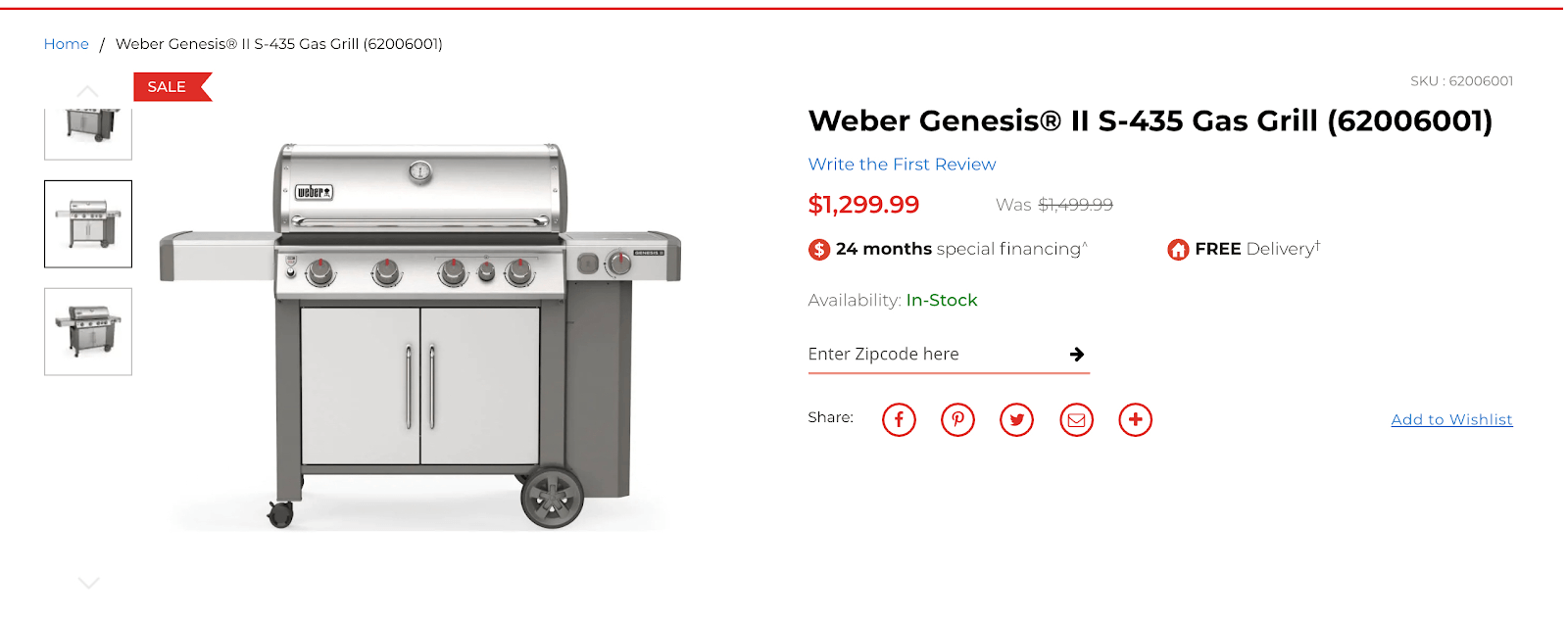

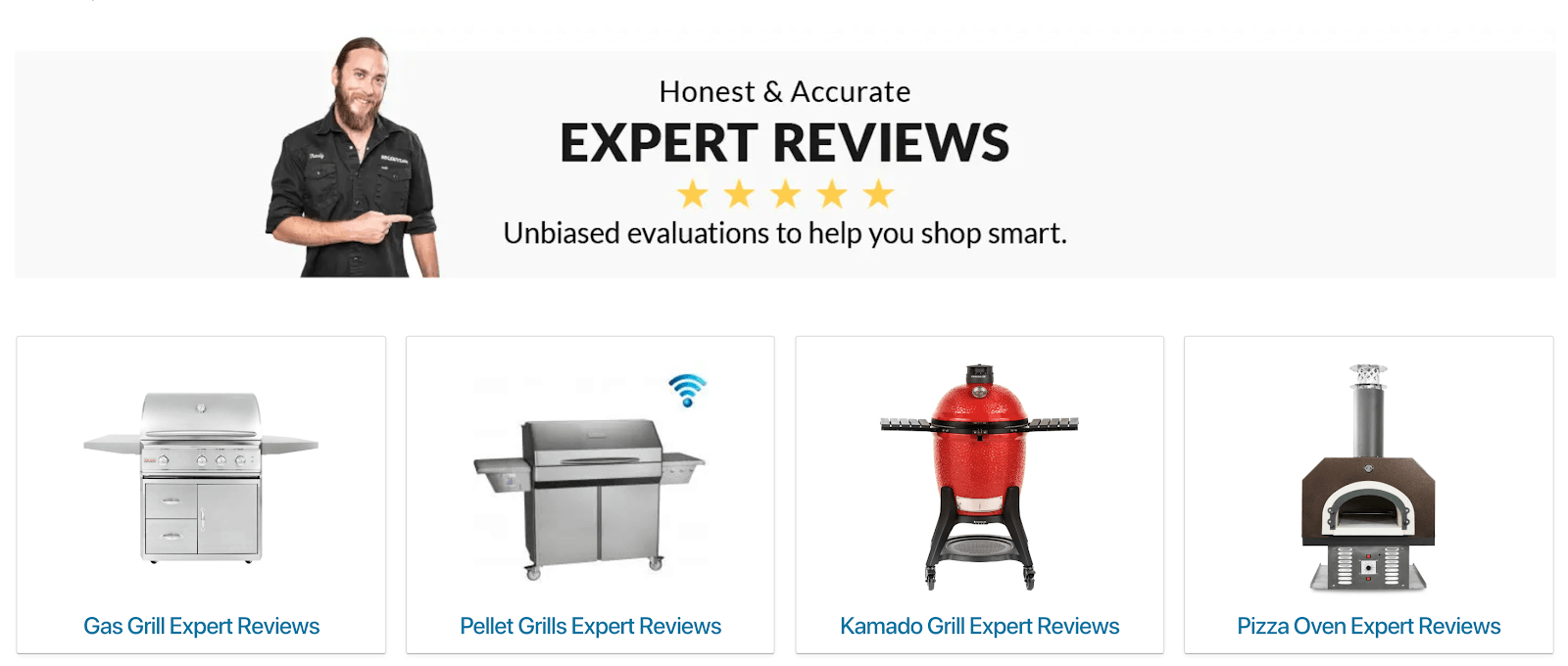
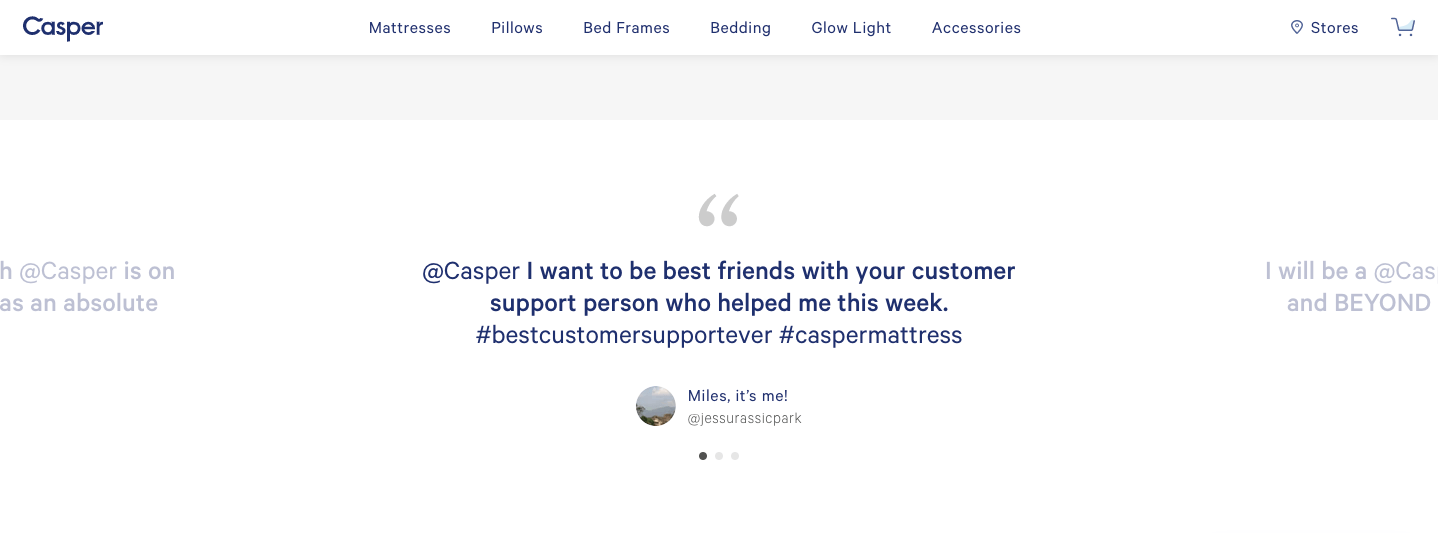






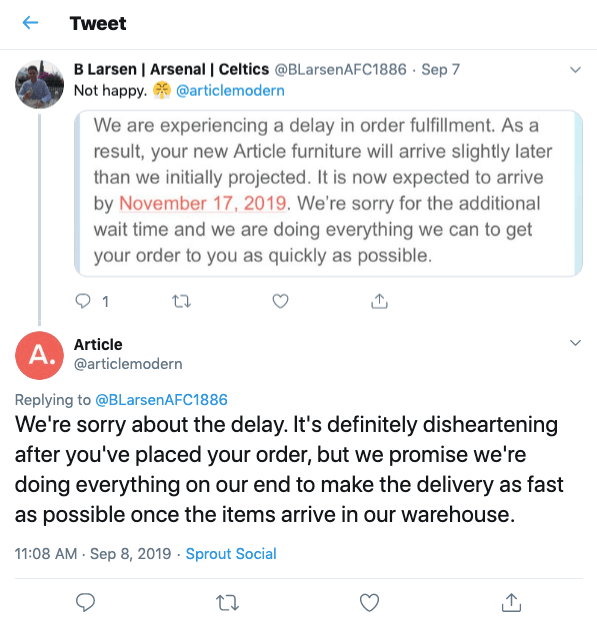
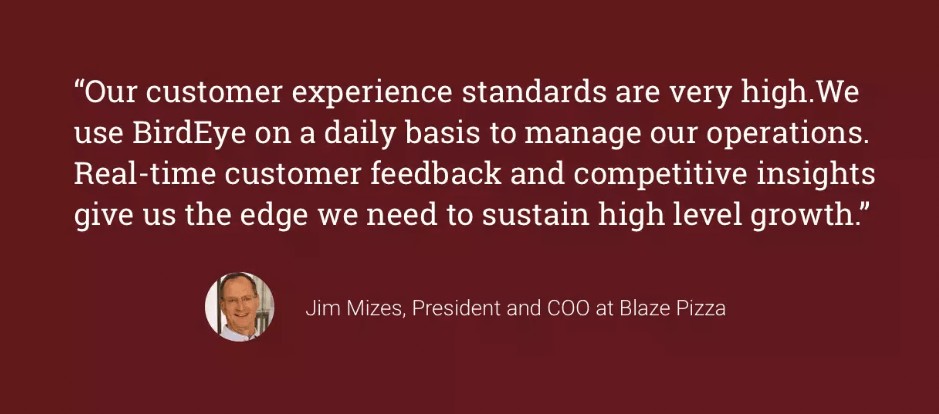






7 thoughts on “How eCommerce Stores Can Go From Catalogue to Trusted Source with Reviews”
I’m getting some sales but no reviews from customers.
Why would no one write a review.
Hi Andrew, As an answer to the question in your mail “Should I stick to PPC?”. I think this is great – and I strongly believe that reviews can improve your PPC results both direct and indirect… So I read a lot about both PPC and online marketing in general, and I am sure that the one will impact the other. So in that way, it’s still very related to PPC (as I am sure you already know)…
Amazing article. I love the PPC posts, but combining it with knowledge about how to increase the conversion rate on the website is a win.
Thanks, Morten! I really appreciate it.
Thanks, Jesper. I’m glad the post fit the audience still 🙂
Generally, you work with a 5% conversion rate on customers leaving reviews. Some industries, and some stores, are much better than others, but as a general rule that’s good.
So if you have 100 customers, you’ll end up with 5 reviews.
If you’re just starting out and have 10 customers, what you can do is call them personally to get better insight to their experience and ask if they can please post a review. It’ll get you closer to your customers and you will learn a lot + hopefully get more reviews faster 🙂
If you have a steady amount of customers, then look at your email flow for asking about reviews. If you’re not getting any reviews, then your flow might not be good enough.
Your audience (fitness) love giving people their opinion. So you should be able to rack up some reviews 😉
I love the content you posted, it is always super helpful and informative. Keep posting such an amazing article, I love reading all your blogs.